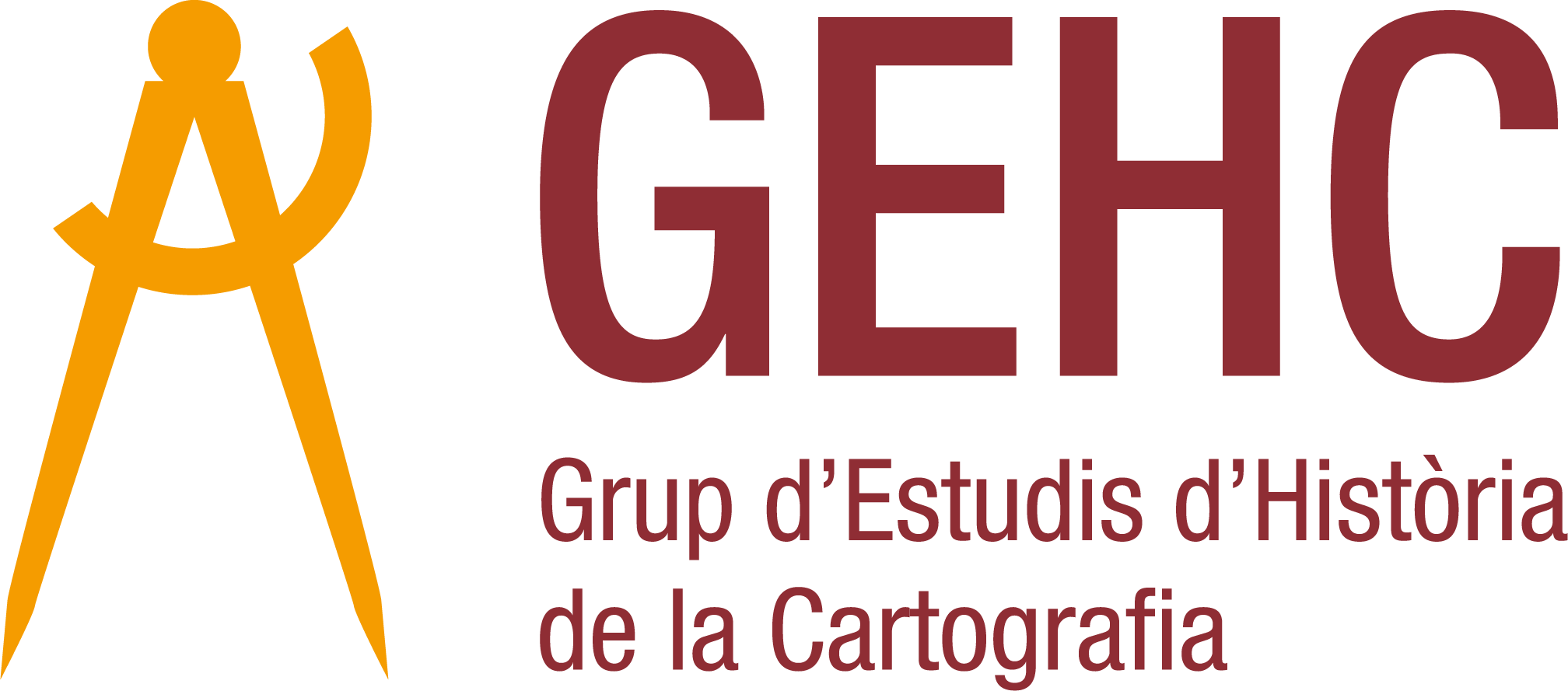
Urban cartography in Spain (18th-19th centuries): the role of city councils and military organisations
Urban mapping is one of the fields of cartography which has undergone further development in Europe since the mid-fifteenth century. In Spain this activity began around late sixteenth century, but it was not until 1710, with the creation of the Real Cuerpo de Ingenieros Militares by Felipe V, when a sustained activity of urban surveying began. From then until the end of the nineteenth century numerous city maps and atlases were created. The realization of those maps involved several military organizations, municipalities and various institutions of the central government. The hypothesis of this research project the is that this kind of mapping was, from the early eighteenth century to mid-nineteenth century, the work of various professionals involved in the Army (military engineers, General Staff) and that thereafter, as a result of the apparition of the liberal state, and the increasingly pressing problems of urban growth, local councils and the central state administration (Junta General de Estadística, Instituto Geográfico y Estadístico) began to play a growing role, which became decisive by late nineteenth and early twentieth century. At that time civil cartographers (architects, civil engineers and surveyors) had an increasingly important role in mapping.
Aims
1 – To locate and to catalogue the maps of the principal Spanish cities of the XVIII-XIX centuries.
2 – Study of certain cartographic urban maps considered relevant documents.
3 – Production of a cartographers’ list that realized this urban mapping.
4 – To determine the paper of the city councils and that of the military organisms in the production of this urban mapping.
